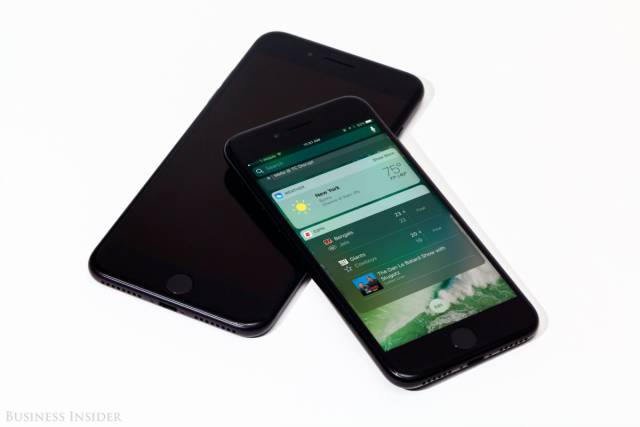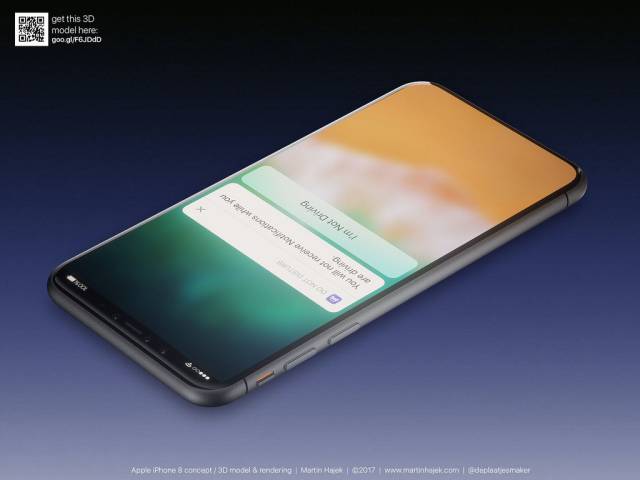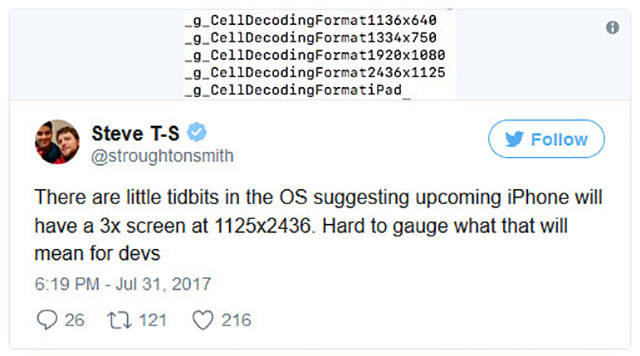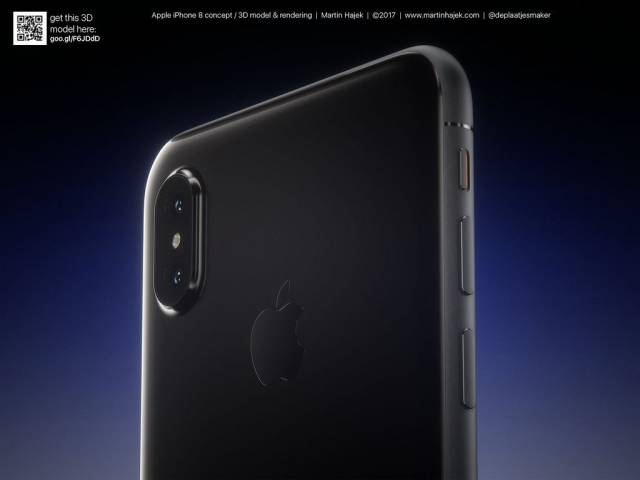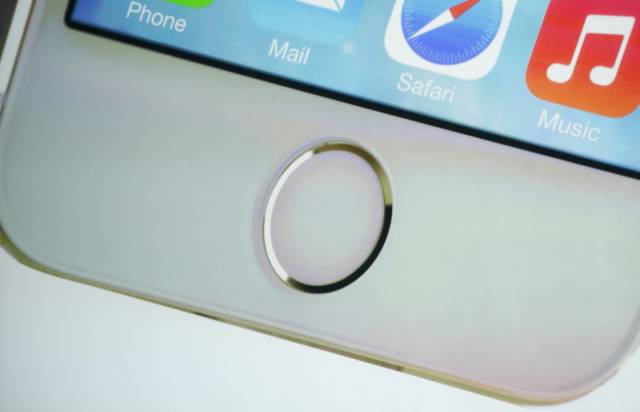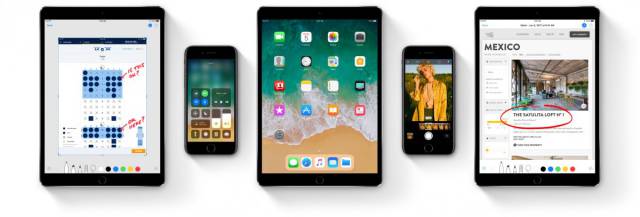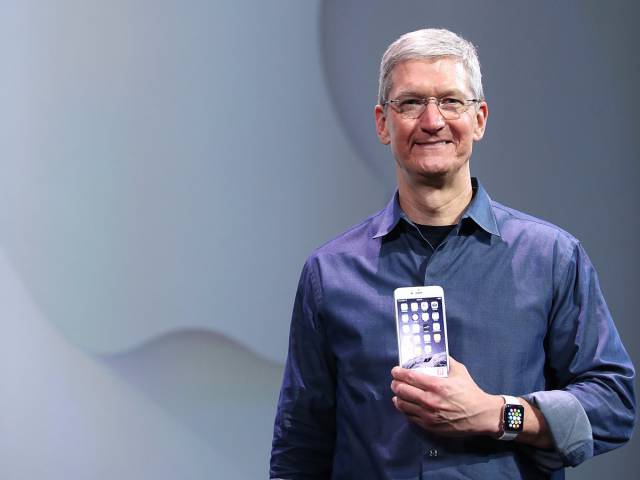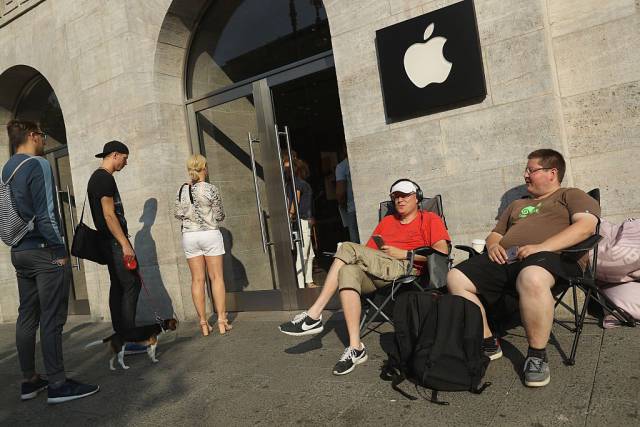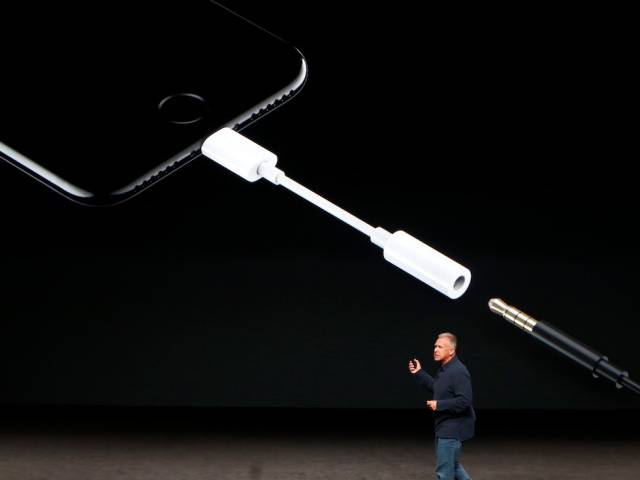For the 10th anniversary of the first iPhone launched in 2007 Apple will launch at least three new iPhones on September 12 at its new campus in Cupertino, California. There has been much speculation about these upcoming iPhones. It is expected that Apple will announce the iPhone 8 and 8 Plus alongside a completely redesigned and more expensive iPhone X. Here’s what we can expect from them.
Apple is expected to launch three new iPhones: one that's redesigned, and two spec updates (dubbed the iPhone 8 and 8 Plus) to replace the current iPhone 7 and 7 Plus. While analysts have suggested names for the redesigned iPhone like "iPhone Pro," code for the phone uncovered Saturday revealed that its name will be "iPhone X." The rest of this story will focus entirely on the iPhone X.
The completely new iPhone X is the model that has received the most attention in the months leading up to September 12's announcement. It's expected to have an edge-to-edge, curved screen with much smaller bezels than the current iPhone 7. The screen uses a newer kind of display technology called OLED that promises to use less power and provide darker blacks.
Apple seemingly confirmed the iPhone X redesign with significantly smaller bezels in this image included in firmware that was mistakenly released earlier this year. The codename for the device? D22.
This design would allow Apple to pack more screen into the same size phone.
This bigger screen is expected to have a resolution of 1125 x 2436, according to Apple's own code and a forecast from Ming-Chi Kuo of KGI Securities, the world's most accurate Apple analyst.
The iPhone X is expected to have a front camera with 3D sensing and modeling functions, allowing it to manipulate photos and videos for augmented reality applications. The front-facing camera will be used for facial recognition, either to replace the Touch ID fingerprint sensor or to supplement it.
On Saturday, a leaked version of the iOS 11 software that powers the iPhone X revealed that the facial unlock feature will be called Face ID.
This feature was previously confirmed by other Apple code that referenced face-unlocking and a so-called BiometricKit.
The rear camera will also have two rear lenses that are vertically oriented as opposed to horizontally.
With a new edge-to-edge design on the iPhone 8, Apple is expected to eliminate the home button and build its functions into the screen.
It's unclear whether the fingerprint sensor will be built into the screen as well or whether the Face ID feature will replace it.
On the software side, the next iPhone will run iOS 11, the newest version of Apple's iPhone and iPad software.
iOS 11 is a significant update with a redesigned control center, new tools for taking screenshots, and big improvements to Siri.
But the iPhone X is expected to include other features that aren't in the public previews of iOS 11, like augmented-reality features that let the camera change photos.
You may not have to plug in your iPhone to charge it anymore. Apple is said to be adding wireless charging to the new iPhone models coming out this fall, though the rumored Apple Watch-style charger may be sold separately. Apple has also officially joined the Wireless Power Consortium, suggesting it's serious about the technology.
But this redesigned iPhone won't be cheap — some analysts and reports have speculated it could cost $1,000 or more.
And you might have to wait. Analysts have been saying that an issue with the fingerprint sensor may mean the iPhone 8 could be delayed. Sales might not begin until October or later.
Some rumors have suggested the iPhone X will come only in black, but KGI Securities analyst Ming-Chi Kuo says it will come in silver, black, and a copper-colored gold.
And no, it won't have a headphone jack.

